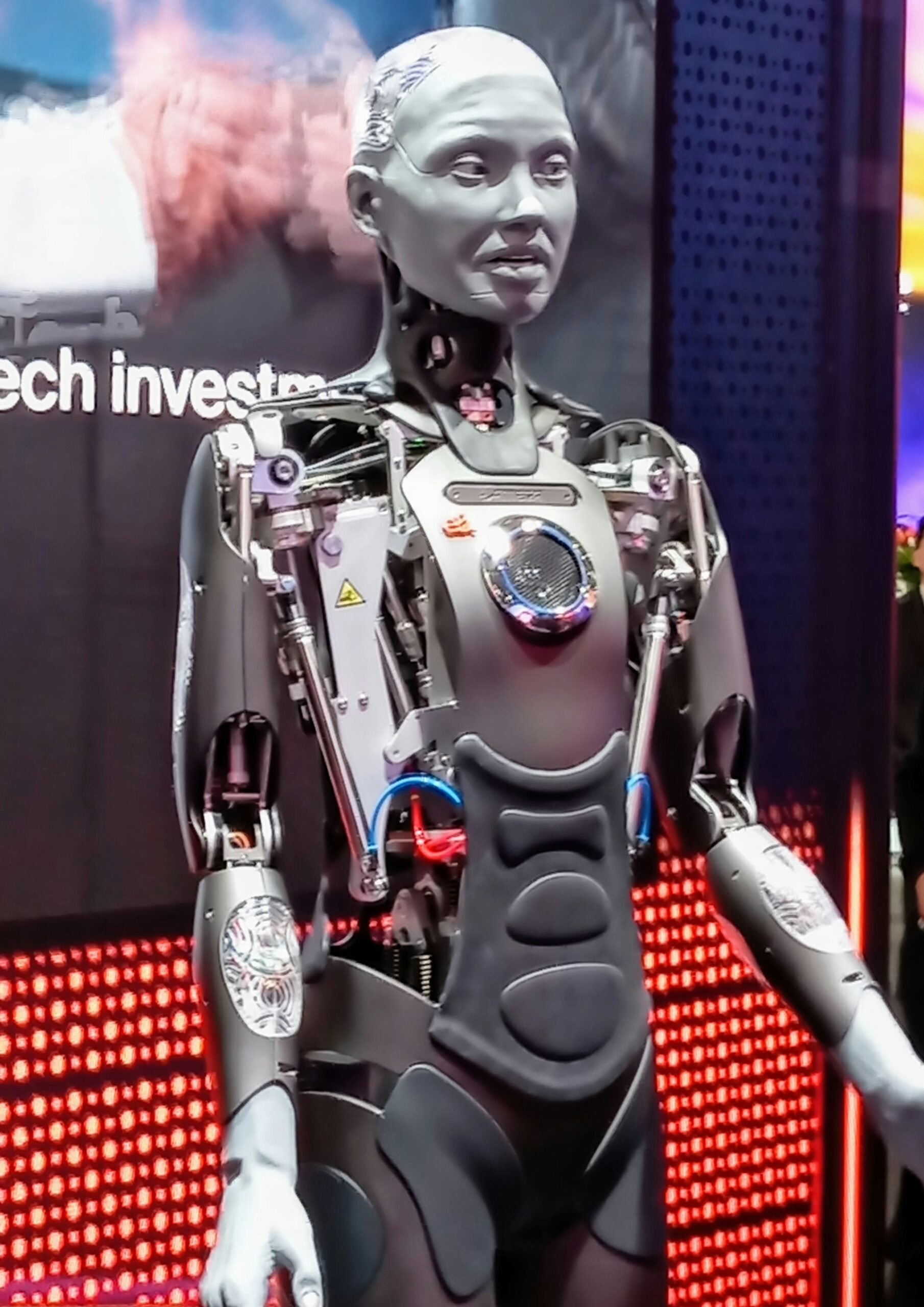Unlocking the Future: Innovations Transforming Renewable Energy Storage

Photo by kian zhang on Unsplash
Introduction: The Critical Role of Energy Storage in the Renewable Era
As global investment in renewable energy accelerates, innovative storage solutions are emerging as the linchpin for a cleaner, more reliable power future. Solar and wind energy generation is intermittent, but demand is constant. Bridging this gap requires advanced storage technologies that offer scalability, cost-effectiveness, and safety. In 2024, worldwide investment in energy storage surged by 36% to $54 billion, reflecting a historic commitment to this sector and the urgent need for innovation. [4] This article examines the latest advances, implementation pathways, and practical steps to leverage these breakthroughs for homes, businesses, and communities.
Lithium-Ion Batteries: Dominance and Its Discontents
Lithium-ion (Li-ion) batteries remain the industry standard for energy storage, powering everything from electric vehicles to residential backup systems. Their advantages include high energy density, fast deployment, and falling costs. However, concerns are rising about resource scarcity, environmental impacts from mining, and fire safety risks-particularly as installations scale globally. [4] Regulatory shifts, including stricter safety standards, are prompting developers to seek safer and more sustainable alternatives. [5]
For implementation, homeowners and businesses looking to adopt lithium-based systems should consult certified installers and ensure compliance with the latest fire safety codes. You can research certified providers by searching “licensed solar battery installers” along with your location, or by contacting local utility companies for approved vendor lists.
Key challenge: Ensuring proper installation and regular maintenance to minimize fire risk and extend product lifespan.
Alternative approach: Explore battery chemistries with lower flammability, such as solid-state or sodium-ion systems, if available in your region.
Solid-State, Sodium-Ion, and Potassium-Ion Batteries: Next-Generation Solutions
Solid-state batteries use solid electrolytes instead of flammable liquid ones, offering improved safety, longevity, and energy density. These are being piloted in both grid and transportation sectors, but commercial products are still emerging. [1]
Sodium-ion batteries and potassium-ion batteries represent promising lithium-free alternatives. Potassium-ion batteries, in particular, are gaining traction for their abundance, lower cost, and strong performance at low temperatures. [2] Project K Energy, for example, is pioneering potassium-based technology that could dramatically reduce cost volatility and environmental impact.
To access these newer technologies, consider:
- Monitoring announcements from major battery manufacturers and clean energy startups. Subscribe to industry newsletters or follow technology incubators like New Energy Nexus for updates.
- Requesting information from local renewable energy providers regarding pilot programs or upcoming product releases for non-lithium battery systems.
Key challenge: Commercial availability may be limited, and product warranties can vary. Due diligence is essential-ask about certifications, safety testing, and recycling programs.
Alternative approach: For immediate needs, choose established lithium-ion systems and plan to upgrade as new chemistries become available.
Flow Batteries and Long-Duration Storage: Scaling Up for Grid Reliability
Flow batteries, such as vanadium redox systems, store energy in external tanks of liquid electrolytes. They offer very long lifespans, deep discharge capabilities, and are well-suited for grid-scale and industrial applications. [4] Their main advantage is the ability to provide long-duration storage-essential for balancing renewable generation with periods of low sunlight or wind.
To explore or participate in flow battery projects:
- Contact your regional utility company to inquire about community energy storage or microgrid pilot programs.
- Businesses can consult with energy engineering firms specializing in commercial and industrial storage solutions for customized feasibility studies.
Key challenge: High initial costs and complex installation processes may be barriers for smaller users.
Alternative approach: Consider hybrid systems that combine flow batteries with lithium or other short-duration storage to optimize cost and performance.
Compressed Gas and Carbon-Based Storage: Non-Battery Innovations
Battery alternatives are also advancing. Compressed air energy storage (CAES) and innovative carbon-based solutions, such as those developed by Activated Energy, use compressed carbon dioxide and eco-friendly materials to create scalable, safe, and carbon-negative storage options. [2] These systems reduce reliance on scarce minerals, minimize fire hazards, and can be deployed in urban settings where space is limited.
If you are interested in these technologies:
- Monitor announcements and reports from public utility commissions and city sustainability departments for urban pilot projects.
- Search for “compressed air energy storage projects” along with your city or state to find active or planned installations.
Key challenge: These technologies are typically available only in pilot or demonstration phases and may require public-private partnerships for broader deployment.
Alternative approach: For residential or small business applications, continue to rely on battery-based solutions while advocating for municipal investment in grid-scale non-battery storage.
Digital Controls and Smart Grid Integration: Making Storage Smarter
Advances in digital control systems are enabling faster, more efficient energy storage management. Smart grids use real-time data and artificial intelligence to optimize charging and discharging, improving grid resilience and reducing wasted energy. [1]
For homeowners and businesses:
- Request information from your utility provider about smart meter programs and energy management platforms.
- Consider investing in smart inverters and home energy management systems that can integrate with solar, battery, and grid resources for optimal efficiency.
Key challenge: Upfront investment in smart devices may be substantial, and data privacy considerations should be reviewed.
Alternative approach: Work with certified energy consultants to develop scalable, phased approaches to digital upgrades, starting with basic monitoring and controls.
Regulatory and Market Trends: Policies Shaping the Future
Energy storage is now recognized as vital for achieving grid stability and ambitious climate goals. Governments in the U.S. and Europe are setting supportive policies, offering incentives, and updating regulations to spur deployment. [5] However, evolving trade policies, safety regulations, and supply chain uncertainties could influence short-term costs and deployment speeds.
To access financial incentives and regulatory support:
- Search for “renewable energy storage incentives” along with your state or country, and review programs by the U.S. Department of Energy or your local energy authority.
- Consult licensed energy consultants or your utility for guidance on rebate programs and permitting requirements.
Key challenge: Navigating permitting and compliance for new systems, especially as safety standards evolve.
Alternative approach: Engage early with local permitting offices and industry associations to stay updated on requirements and funding opportunities.
How to Get Started: Step-by-Step Guidance
- Assess Your Needs: Identify your energy consumption patterns and backup requirements. Energy audits from certified professionals can provide detailed recommendations.
- Research Solutions: Review the latest offerings from established manufacturers and compare battery chemistries, warranties, and safety records. Look for case studies or demonstration projects in your region.
- Consult Experts: Reach out to licensed installers, your utility provider, or local energy offices for tailored advice. Ask about available incentives and regulatory considerations.
- Plan for the Future: Choose systems that can be upgraded or expanded as new technologies become practical and widely available.
Summary and Key Takeaways
Renewable energy storage innovations are advancing rapidly, with new solutions poised to make clean power more reliable, accessible, and affordable. Whether you are a homeowner, business leader, or policymaker, staying informed about emerging technologies and regulatory shifts is essential. Engage with local experts, monitor industry developments, and leverage available incentives to future-proof your energy strategy while supporting a sustainable grid.
References
[1] Enduro Power Batteries (2025). Energy Storage Trends for 2025: Everything You Need to Know.

Photo by Daniele La Rosa Messina on Unsplash
[2] New Energy Nexus (2025). The Future of Energy Storage: Lifecycles, Longevity, and Innovation.
[4] FEL Power (2025). Energy Storage: Innovations, Strategies, and Opportunities.
MORE FROM findsun.net













